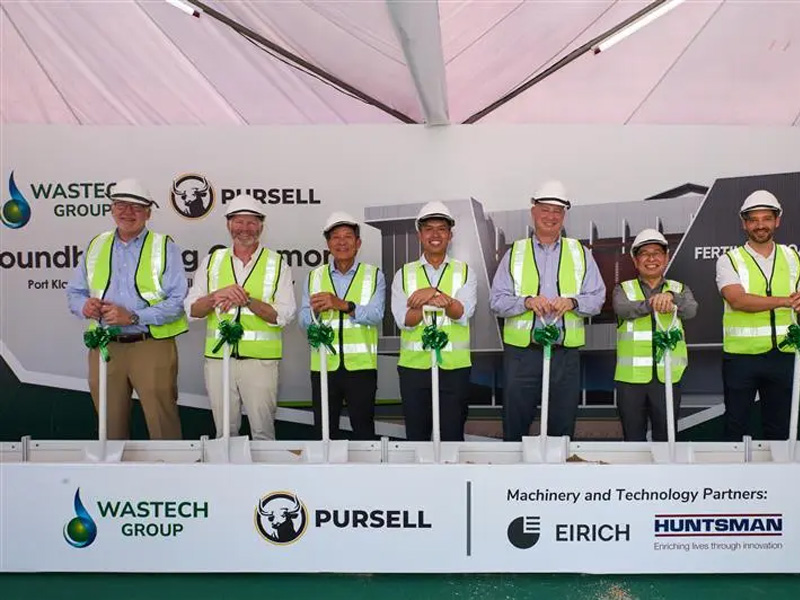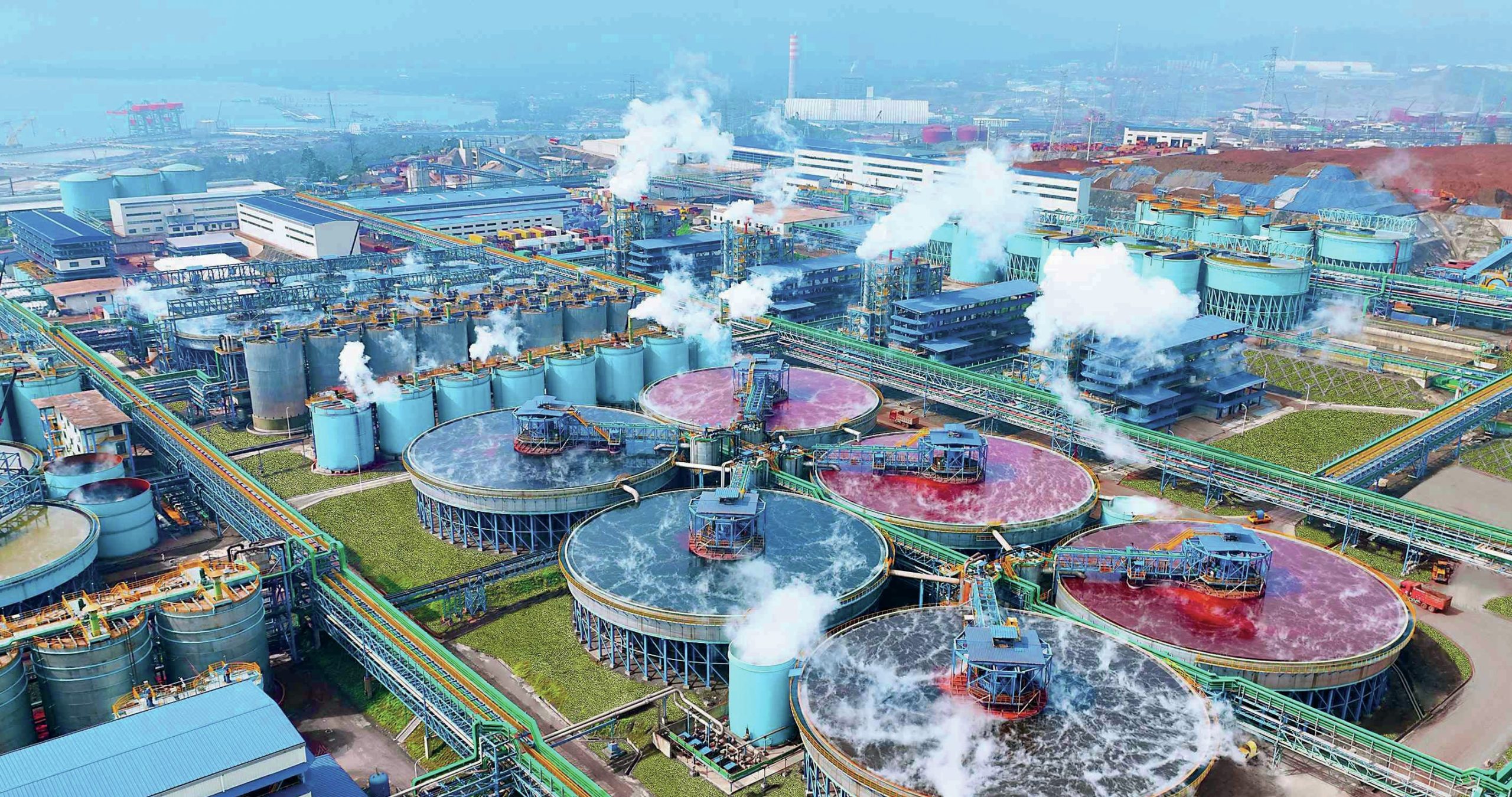Nitrogen+Syngas 363 Jan-Feb 2020

31 January 2020
Indian self-sufficiency in urea: miles to go?
INDIA
Indian self-sufficiency in urea: miles to go?
Dr MP Sukumaran Nair, former Secretary to the Chief Minister and Chairman of the Public Sector Restructuring and Audit Board for the Government of Kerala, provides an update on India’s plans to achieve self-sufficiency in urea production by 2022.

India’s urea production declined marginally by 0.5% to 23.9 million t/a during 2018-19. Consumption during the year was 32.0 million t/a. Despite short inventories, the country imported 7.45 million tonnes of urea during the year. On average, India spends around Rs 160 billion ($2.26 billion) to import 7-8 million t/a of urea, mostly from Oman, China and Iran, making it the largest importer of urea globally. This figure is almost double that of the United States, the world’s next biggest importer. But the Government is aiming to end urea imports completely by 2022. Considering an average 3.5% increase in consumption per year, a complete ban on imports is possible only if we are able to build additional urea capacity of 14-15 million t/a by 2022.
Plans to achieve this end
At present, there are 31 plants in the country manufacturing urea, 21 plants produce DAP and complex fertilizers and two plants manufacture ammonium sulphate as a by-product. Of the 31 urea manufacturing plants currently in operation in India, 28 plants use natural gas, while naphtha is used at only three plants. In 2017, 94% of India’s urea production capacity was natural-gas based and only 6% was naphtha-based.
The Modi Government had announced its New Investment Policy (NIP) in January 2013 and its amendment in October 2014 to facilitate fresh investments in urea sector and to make India self-sufficient. It gave a new impetus to growth for the domestic industry which had been missing for the previous two decades.
Projects under way
- Chambal Fertilizers & Chemicals Limited (CFCL) has set up a brownfield project at Gadepan, Rajasthan with 1.27 million t/a capacity. Commercial production started in January 2019.
- Matix Fertilizers & Chemicals Limited has set up a greenfield coalbed methane (CBM) based ammonia-urea complex at Panagarh, West Bengal with 1.27 million t/a capacity at an investment of Rs 70 billion ($1 billion). After a wait for three years for gas, commercial production of Matrix started on 1st October, 2017 but could not be sustained for want of a steady supply of CBM. To run at full capacity, the plant needs 2.4 million m3 /d of natural gas but the, supplier Essar Oil and Gas Exploration and Production Ltd provided barely half the promised capacity. Matix is now exploring natural gas availability from the national gas grid from Phulpur to Durgapur and also a link to the upcoming Dhamra LNG terminal.
- The revival of five fertilizer plants built on coal/fuel oil as feedstock which closed down in 2002 following mounting losses, namely: Talcher (Odisha), Ramagundam (Andhra Pradesh), Gorakhpur (Uttar Pradesh) and Sindri (Jharkhand) – all plants of the Fertilizer Corporation of India Ltd. (FCIL), and the Barauni (Bihar) plant of the Hindustan Fertilizer Corporation Ltd, using modern technology under new leadership. These are intended to produce 6.35 million t/a of urea at a costing of Rs 380 billion ($5.4 billion) as brownfield investments. Hindustan Urvarak and Rasayan Limited (HURL), a joint venture of Coal India (CIL), NTPC and the Indian Oil Corporation (IOCL), in cooperation with Fertilizer Corporation of India (FCIL) and Hindustan Fertilizer Corporation (HFCL) will take up the revival of the Gorakhpur, Sindri and Barauni units. These plants will be connected to the GAIL’s 2,650-km Jagdishpur in UP to Haldia in West Bengal pipeline to supply gas as feedstock, and are expected to start production by 2021.
The Gorakhpur plant is an important milestone towards self-sufficiency in urea production, being the first public sector investment since 2009. KBR has recently announced that it has been awarded an ammonia plant contract by Toyo Engineering Corporation for the HURL greenfield urea project. Construction of the Sindri unit began in October 2018. Mechanical completion and commissioning are scheduled for January 2021 and May 2021 respectively. By this time, the laying of gas pipeline to the plant will also be completed. The progress of the Barauni project, with a similar capacity, is reported to be on schedule. Mechanical completion and commissioning is also scheduled for January 2021 and May 2021 respectively.
- Ramagundam Fertilizers and Chemicals Ltd, a joint venture between FCIL, National Fertilizers Ltd (NFL) and Engineers India (EIL) was formed in 2015 to revive urea production at Ramagundam, Telangana. GAIL and the HTAS Consortium (consisting of HT Ramagundam A/S, IFU and the Danish Agribusiness Fund) are also equity partners in the project. Feedstock natural gas from the KG basin will be transported to Ramagundam via a spur of the Mallavaram-Bhilwara-Bhopal-Vijaipur pipeline. The project cost of the 1.27 million t/a plant has been revised to Rs. 61.2 billion ($860 million) and it is scheduled for commercial operation by March 2020, assuming the availability of gas by end of 2019.
- Talcher Fertilizers Ltd (TFL) a joint venture company of RCF, CIL, FCIL and GAIL, to revive the Talcher unit. The project was awarded on a lump sum term key basis to Wuhuan Engineering Co. Ltd of China. The Chinese company will implement coal gasification and ammonia/urea packages for the project. The project is expected to be commissioned by the third quarter of 2023. With an estimated investment of Rs 132.8 billion ($1.87 billion) the project will have a production capacity of 1.27 million t/a of neem-coated urea via gasification of a mixed feedstock comprising of high ash Indian coal and petcoke. TFL has been allotted northern part of North Arkhapal mine, Odisha as the captive mine for meeting its coal requirements and petcoke will be sourced from IOCL’s Paradip refinery.
- During October 2015, the Indian government approved the revival of HFCL’s Durgapur and Haldia units through a bidding route after settling land disputes with the Asansol Durgapur Development authority and Kolkata Port Trust respectively. Thereafter, revival of the units may be considered by the government depending on prevailing urea requirements and availability in the country. It was also decided that the revival of the Korba unit will be taken up later.
- In October 2018, the government approved the proposal in principle for setting up the Namrup IV project at the Brahmaputra Valley Fertilizer Corporation Ltd (BVFCL) on the basis of a proposed equity partnership of 52% to RCF, 26% to OIL, 11% to the government of Assam and 11% to BVFCL. The proposed new urea plant, at an investment of Rs 45 billion ($630 million), will have a capacity of 860,000 t/a, and will replace the existing vintage urea plants Namrup-II & III by 2023.
- The Indo-Oman joint venture OMIFCO announced in October 2018 that it has a plan to increase the company’s total urea installed capacity from the current 1.65 million t/a to 3 million t/a. Earlier, the Oman government could not commit natural gas for the capacity expansion, but the recent commissioning of BP’s Khazzan gas project, which will produce almost 1 billion scf/d of gas has brightened the prospects of the expansion plan. But here again priority allocation goes to domestic Omani supply and it is not likely to be producing ahead of 2023.
All the above will contribute to an installed capacity build-up of 10.16 million t/a of urea by 2023, which will yield around 9 million t/a of product at 90% plant availability.
Gas availability
Making natural gas − the raw material for urea production − available to the upcoming plants will be a herculean task. Currently, India consumes approximately 175 million standard m3 /d, half of which is met through imports. The landed cost of spot LNG at Indian shores is hovering around $5.50/MMBtu, but long-term costs are closer to $9.50/MMBtu. Transmissions cost, marketing margins, and local taxes and levies are added to this price before it is delivered to the end consumers. During the recent visit of prime minister Modi to the US, Petronet LNG Ltd, India’s gas major, signed a deal with Tellurian Inc, a US liquefied natural gas (LNG) developer in the proposed Driftwood project in Louisiana. By this agreement, Petronet LNG Ltd will spend $2.5 billion for an 18% equity stake in the $28 billion Driftwood LNG terminal, the largest outside holding so far in the project, and negotiate the purchase of 5 million t/a of gas over forty years at an affordable price to Indian consumers.
Import market
Reports say that the Chinese export of urea, especially during their non-cropping season under a very low export tariff is likely to dip in the coming years due to reduced production on account of environmental problems leading to shutdown of certain plants. With India gradually gaining self- sufficiency in urea production and with increasing US domestic production globally urea export is likely to undergo a sea change. The crisis is likely to deepen with the massive plants in the Arabian Gulf and Australia now under construction (like the gas based 2 million t/a Perdaman Fertilizers & Chemicals plant in Australia, likely to become operative by 2023). India is expected to gain from these developments.
Further policy refinement necessary
The New Urea Policy 2015 which became effective from 1st June 2015 had the objectives of maximising indigenous urea production, promoting energy efficiency in the urea units; and rationalising the subsidy burden on the Government of India. What has been achieved in three years is only an additional capacity of 1.5 million t/a. Only the public sector, with the support of cash rich CPSUs have come forward at the instance of the Government to revive closed plants. The policy was amended in 2015 incorporating new energy targets. Only two producers have so far responded to it; Chambal and Matix. It may also be noted that Tata got out of the fertilizer business last year. Therefore, more refinement is needed with regard to the investment policy to encourage the private sector.
The steps taken so far are proactive and will certainly reverse the increasing import dependency which prevailed over the last two decades. Considering an average growth in consumption of 3-3.5% annually, by 2023, the gap between domestic production and consumption will still be around 4 to 5 million t/a. Thus, elimination of imports by 2022 is not going to be achieved, and although it will be lower, it may be around five million t/a.






